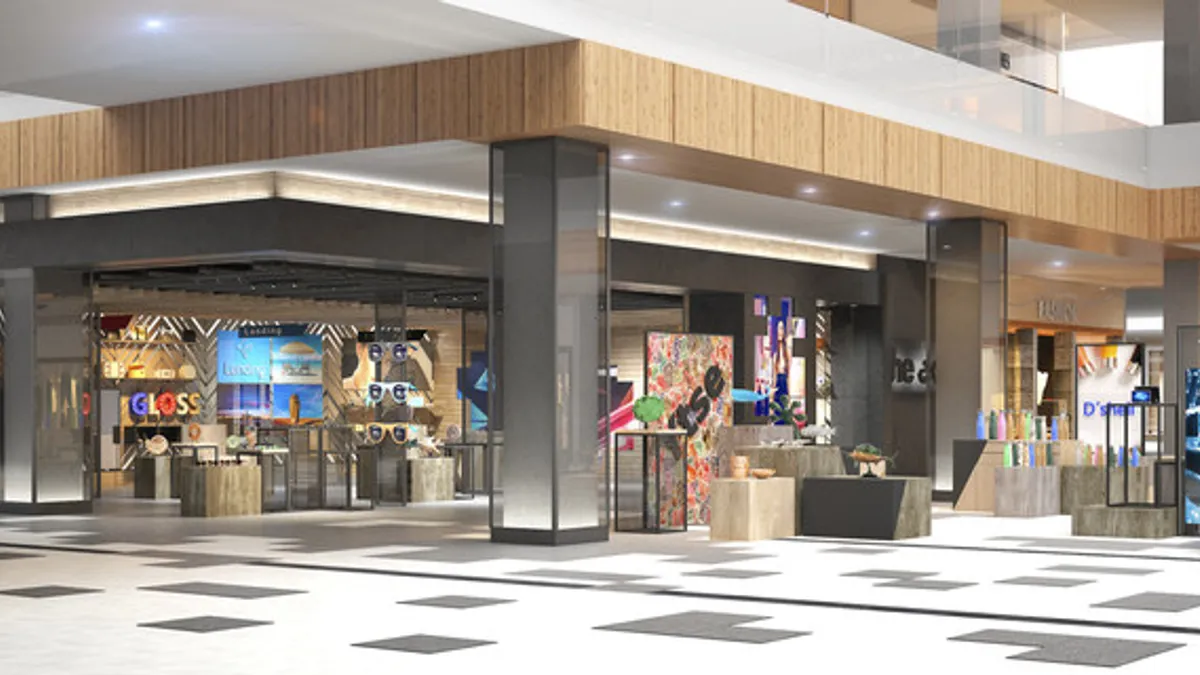The American suburb is poised for a comeback, and malls run by Simon Property Group are set to benefit, CEO David Simon said Monday, predicting in a conference call with analysts that "the suburbs are going to be hot" and "where the action is in the future."
"I think you're going to see a movement toward suburbs, and that will ... spell a good opportunity for us," he said, according to a Motley Fool transcript.
Although there's been much discussion about people moving away from cities in order to have more space, both indoors and out, while they're forced to stay home during the pandemic, it's unclear how big that movement has been, when exactly it started or how long it might last. Green Street analysts, who expect some working from home to stick post-pandemic, predict that higher income consumers could gravitate toward suburban areas with nicer climates, while others believe many will drift back to the city for its cultural benefits.
"The affluent suburbs have always been where a retail store can operate profitably," Shlomo Chopp, founder and CEO of omnichannel retail platform ShopFulfill, said by email. "It must be a relief for him to be able to push back especially as it plays into the news of the day and highlights his portfolio. However I think it's way too dismissive of downtowns."
In fact, it's unclear how much the pandemic factors into any reversal of the earlier population migration toward the city. Signs that millennials were shifting to suburban homes were evident well beforehand, according to a recent blog post from First American Financial Corporation economist Odeta Kushi.
That also doesn't mean that millennials will start shopping at the department stores that most malls depend upon as anchors, according to Nick Egelanian, president of retail development firm SiteWorks. The department store sector's entire $50 billion take in annual sales is well overshadowed by the likes of Costco and Walmart, which each notch annual revenues several times that.
"The regional mall model is permanently broken, and while many of the industry's higher end malls (many of them owned by Simon) will survive as dominant fashion, housewares and entertainment hubs, they have billions of dollars of investment ahead of them to downsize, re-anchor and redeploy real estate," Egelanian said.
That has much to do with the financial predicament of many U.S. consumers, which is fueling discount-oriented retailers like Walmart, Target and dollar stores, according to retail analyst Brian Kelly, who noted that Macy's recently announced closures of its largest Chicago-area stores were all at malls.
"Until the Macy's news, I thought about 250 malls would remain in the US," Kelly said by email, adding that specialty stores like Gap are also abandoning the mall in large numbers. "But with the anchor news, I don't see how malls work. Further, the specialty stores have already declared bankruptcy or massive footprint shrink. So who is Simon thinking is going to fill the space? Have those moving into the key life stages shifted their consuming behaviors?"
On Monday, Simon said the REIT continues to invest in a mixed-use model, a shift he said has also been accelerated. As of last Friday, the company collected 90% of its net billed rents from its U.S. portfolio for the second, third and fourth quarters of 2020, according to a company press release. The dollar intake was lowered somewhat by rent abatements, Simon told analysts. Occupancy was 91.3% as of Dec. 31. A number of new leases are being signed for shorter terms, Simon said.
Simon also defended the REIT's recent $330 million in retail acquisitions, saying that together they will generate $260 million of EBITDA this year. "So the contribution of that from an earnings point of view will, obviously, be much less," he also said. "But the EBITDA is the EBITDA."















